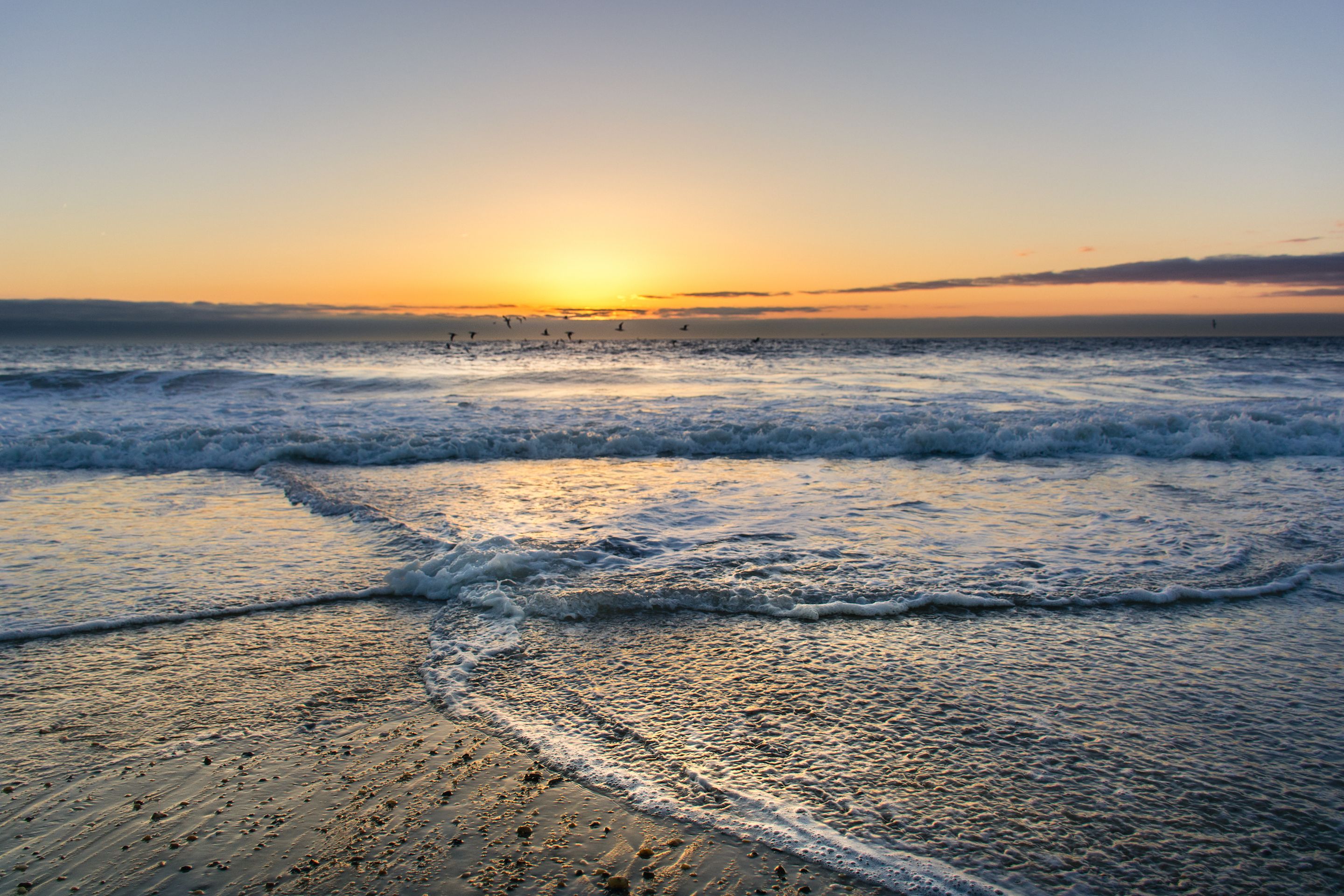By Claire A. Simmers

I’m sure you will agree with me that off-shore drilling for oil is inherently dangerous. First, there is incredible pressure on the earth's foundation and there are all kinds of heavy equipment used that disturbs the natural ecological balance in a widespread area. Second, things can go very wrong, just because of the nature of the work, but also sometimes because oil companies take short cuts to save time and money. Many of us have seen the 2016 movie, Deepwater Horizon, about the explosion and oil spill in the Gulf of Mexico. Third, when disasters occur, they are often catastrophic - with loss of human lives and other living beings and plants, etc.; environmental recovery is very slow, and sometimes not at all.
I’ve heard people say that the risks of off-shore drilling are worth the benefits. That there are enough safety precautions and guidelines in place as we have learned best practices from previous disasters. I know that oil rig workers are among the most skilled workers in the world and expertly do a dangerous job. However, I think the most cited reason for more off-shore drilling is that the USA needs to cut its dependence on foreign oil to have robust economic growth.
Proponents of drilling insist that increasing domestic production along the coasts would lower gas prices and diminish the USA’s reliance on foreign oil and there is little negative impact on the environment. Opponents of drilling counter that the risks are not worth the benefits and there are other sources of both non-renewable and renewable energy. However, what are the facts? Do we need the additional energy exploration to lower gas prices and diminish reliance on foreign oil?
-
There are already more than 40 million acres already available along the outer continental shelf (OCS) of the United States for off-shore drilling.
-
The Energy Information Administration (EIA) estimates that the current off-limits portion of the shelf in the lower 48 likely holds about 18 billion barrels of recoverable crude oil, but no one really knows for sure.
-
The government through the Bureau of Ocean Energy Management, BOEM, proposes to open up the remaining protected coastline to energy exploration.
-
that U.S. crude oil production reached its highest level in 2017 and seeing its largest volume growth on record. EIA forecasts U.S. crude oil production to continue to increase.
-
U.S. crude oil and petroleum product net imports are estimated to have fallen. EIA forecasts that net imports will continue to fall to a level such that the United States will be a net exporter of crude oil and petroleum products.
-
Global liquid fuels end-of-year inventories grew in 2018 and EIA expects they will continue to grow.
-
U.S. dry natural gas production averaged a record high in 2018; EIA forecasts dry natural gas production will continue to increase.
-
Non-hydroelectric renewable energy resources, such as solar and wind, are projected to be the fastest growing source of US electricity generation for at least the next two years. The share of total US electricity generation produced by all renewables other than hydropower will increase by 3 percentage points during the next two years, from 10% of total generation in 2018 to 13% in 2020
Given these facts, balanced with the inherent risks of off-shore drilling, we do not need to open up the currently protected outer shelf to oil exploration and drilling. I urge you to widely share this information and stay informed. Watch for the latest news on off-shore drilling and be prepared to give public comments when the proposal is released by the federal government. Submit an email to the Department of the Interior to say “no-offshore-drilling-off-Delaware’s-coast”.
We must be vigilant in fighting to protect our coastal waters.